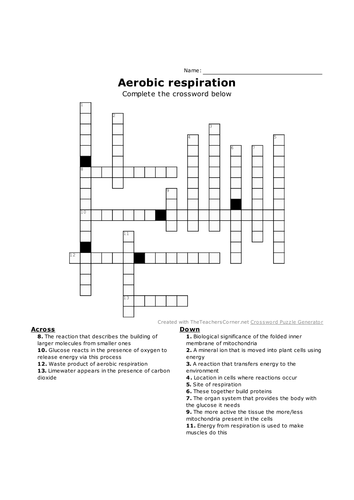DrMeg Morinho's Shop
Hello! Welcome to my shop. Please take a moment to browse. You’ll find high quality biology resources that are fun, engaging and pupil-led. As a teacher with >13 years experience I've implemented all elements for observation quality lessons, into my resources. That is, resources of outstanding quality that truly impact learning. Your time is important and therefore my resources incorporate mark-schemes too, all ready to go! Leaving you with more time to focus on being present for your students.























